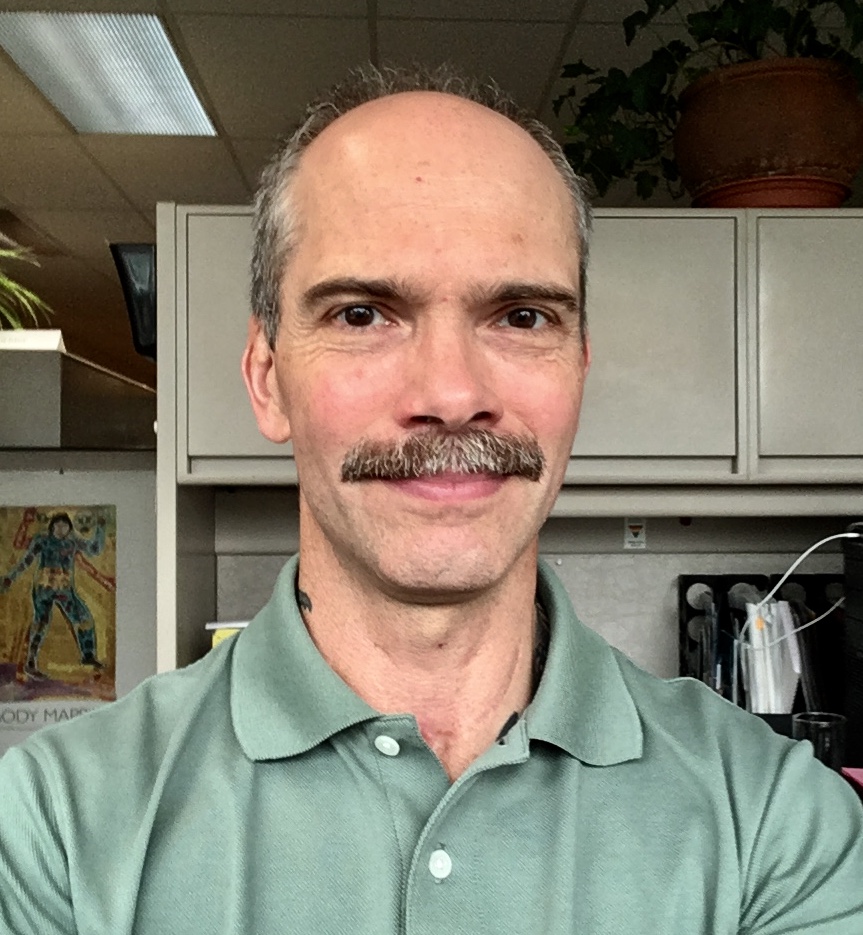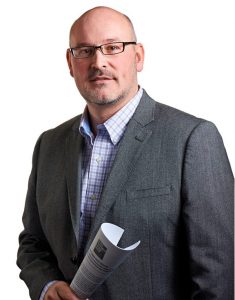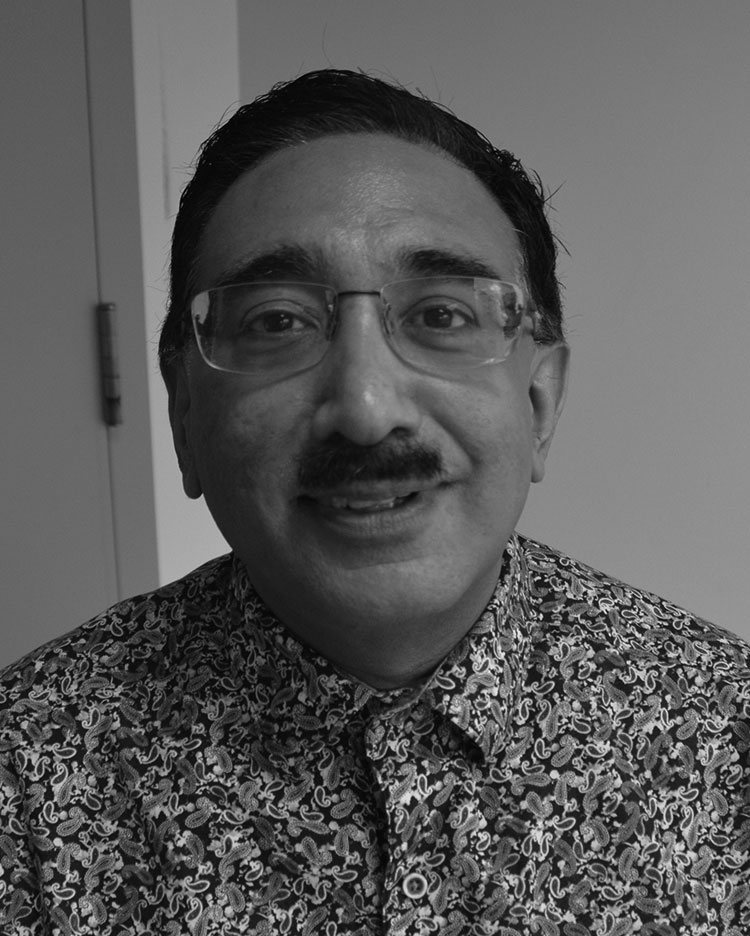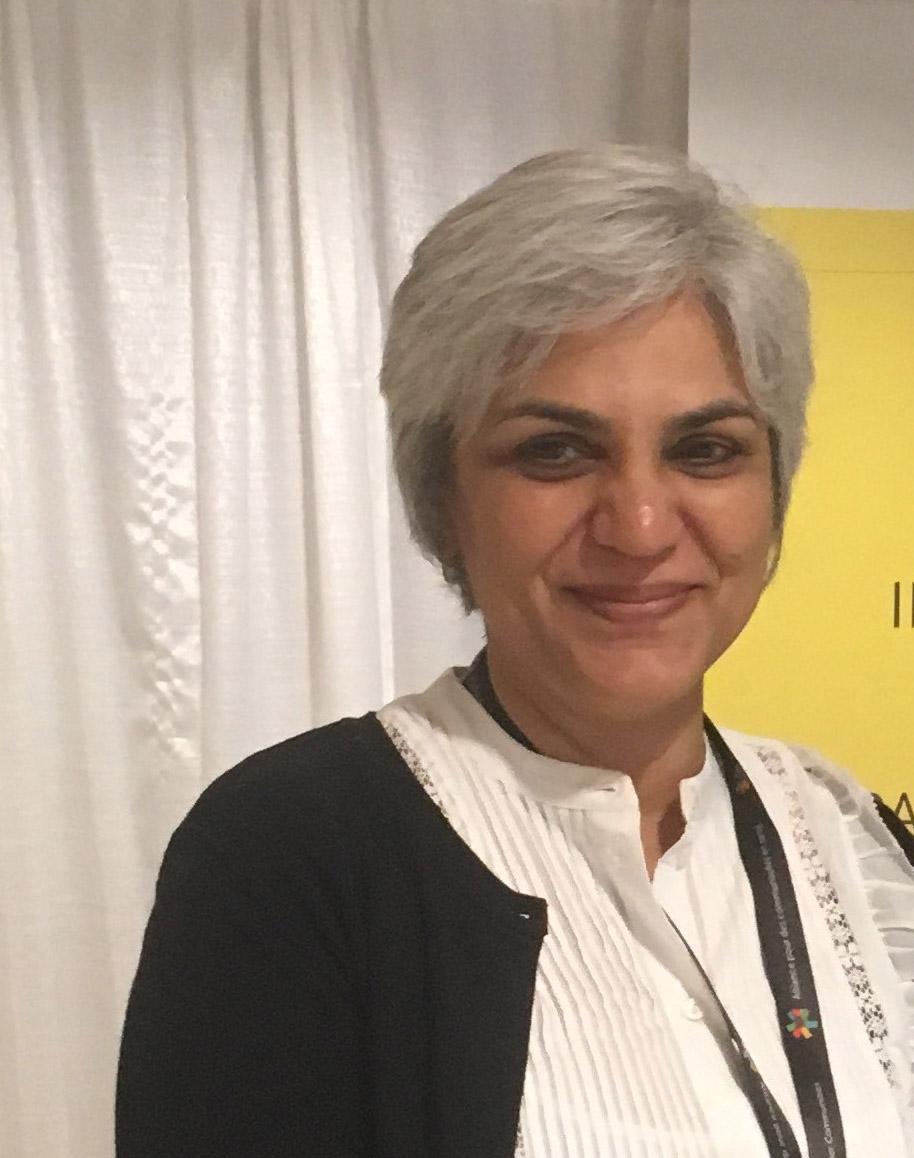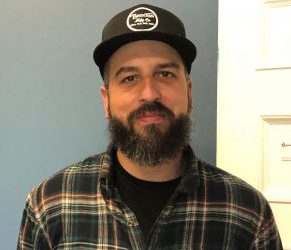Combler vos besoins en information sur la santé en 2018
18 septembre 2018 • Par David McLayLe fait de vivre avec le VIH a changé énormément au fil des ans. Et, dans la plupart des cas, c’est pour le mieux. Comme CATIE s’engage encore et toujours à fournir de l’information à jour, fiable, impartiale et pertinente aux personnes vivant avec le VIH, nous avons récemment consulté un groupe de personnes séropositives au sujet de leurs perspectives sur l’info-santé relative au VIH en 2018. Nous avons jasé avec 15 personnes, y compris des individus récemment diagnostiqués et des survivants à long terme issus de différents milieux et vivant un peu partout au Canada. Voici cinq choses que...

